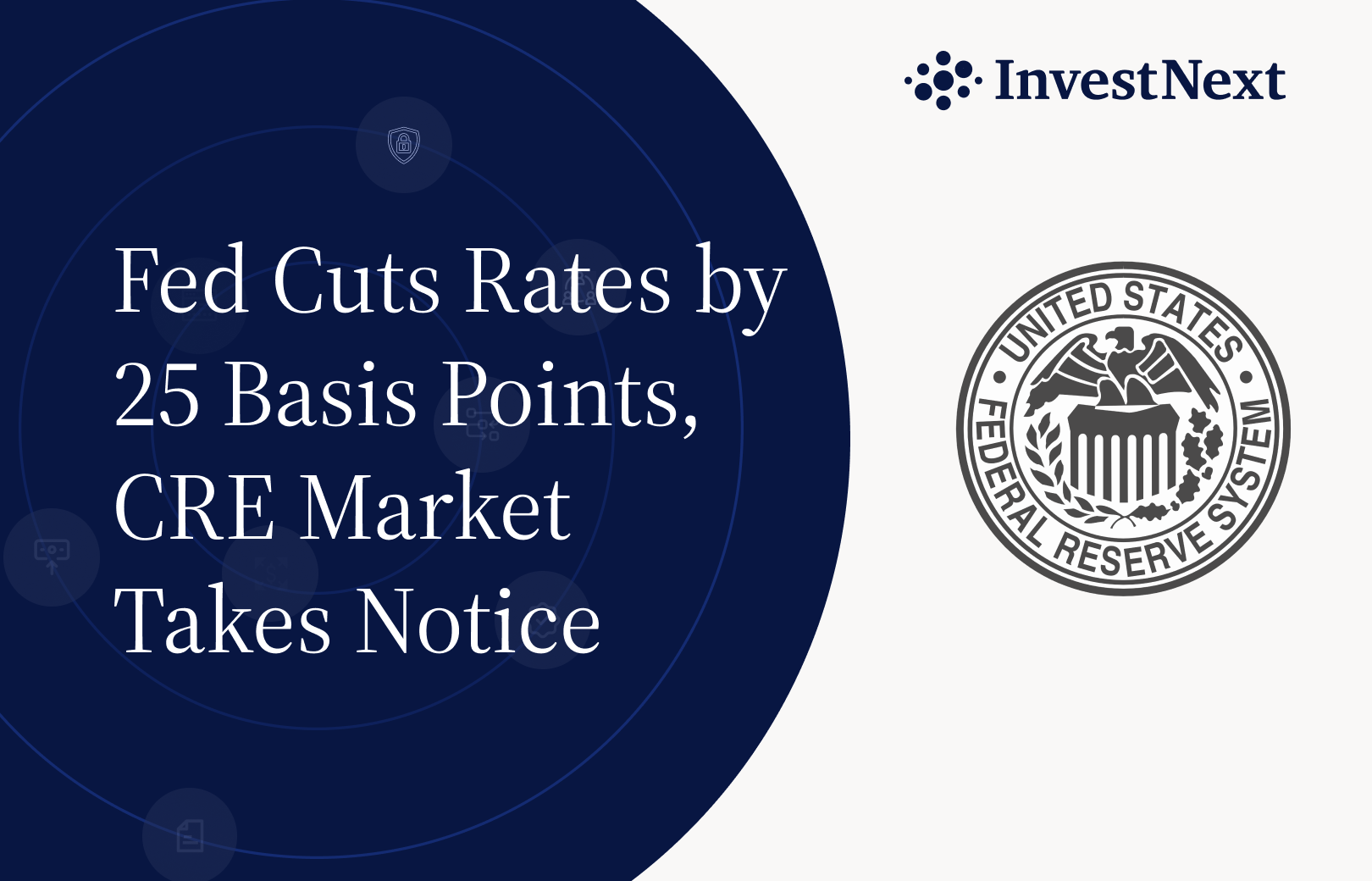The Federal Reserve trimmed rates by another quarter point today, bringing the target range to 4.5-4.75%. This follows the dramatic 50 basis point reduction in September and continues the policy shift that began with our analysis of Powell’s August guidance.
Key Insights:
- Fed sees “solid pace” of economic expansion despite recent challenges
- Labor market conditions remain “solid” with unemployment at 4.3%
- Policy remains “restrictive” even after consecutive rate cuts
- Consumer rates show mixed response to Fed’s easing
The Fed’s Current Stance
“Overall, we’re feeling good about economic activity,” Fed Chair Powell noted in today’s press conference, while acknowledging that recent inflation data came in “a little higher than expected.”
This balanced view comes amid October’s jobs report showing just 12,000 new positions, though the Fed views this as temporarily impacted by weather events and resolved labor disputes.
Powell emphasized that “policy is well positioned to deal with the risks and uncertainties that we face,” pointing to the Fed’s flexibility to adjust course based on incoming data. The statement that “the labor market is not a source of significant inflationary pressures” marks a significant evolution in the Fed’s economic assessment, suggesting comfort with current employment levels.
Economic Impact and Market Response
Despite the rate reduction, Powell maintained that “even with today’s cut, policy is still restrictive.” According to CNBC’s coverage, markets responded positively to this measured tone, with the S&P 500 and Nasdaq reaching new records. Consumer rates show varied responses, with credit card rates easing slightly while financing costs remain elevated in key sectors.
Current Rate Environment Snapshot
| Rate Type | September 2024 | November 2024 | Trend |
| Fed Funds Rate | 5.00-5.25% | 4.50-4.75% | ↓ |
| Mortgage Rates | 6.12% | 7.09% | ↑ |
| HELOC Rates | 9.25% | 8.70% | ↓ |
| Credit Card Rates | 20.78% | 20.50% | ↓ |
Real Estate Market Implications
The impact on real estate markets reveals the complex relationship between Fed policy and financing costs. According to Realtor.com, mortgage rates have climbed to 7.09%, significantly higher than September’s 6.12%. This movement, driven by broader market forces, highlights how real estate financing often follows its own path despite Fed actions.
Key Market Developments:
- Mortgage Bankers Association projects rates approaching 6% in 2025
- HELOC rates show immediate response, dropping 55 basis points
- Transaction volumes expected to increase as rate path clarifies
- Value-add strategies gain appeal with improved financing options
- Commercial real estate lending shows early signs of adjustment
The Mortgage Bankers Association’s projection of rates approaching 6% over the next year could catalyze increased market activity. Already, some segments show early response—according to Bankrate data, HELOC rates have dropped from 9.25% to 8.7% since September, creating opportunities for property improvements and acquisitions.
For real estate investors, this environment signals a period of strategic opportunity. Lower borrowing costs for certain financing types, combined with the Fed’s clear commitment to its current path, suggest improved conditions for transaction activity heading into 2025.
This latest rate cut reinforces the Fed’s steady progression toward normalized monetary policy, providing real estate markets with the clarity needed for confident decision-making. As we move into the final quarter of 2024 and look toward 2025, this stability in Fed policy sets a positive tone for real estate investment activity.





